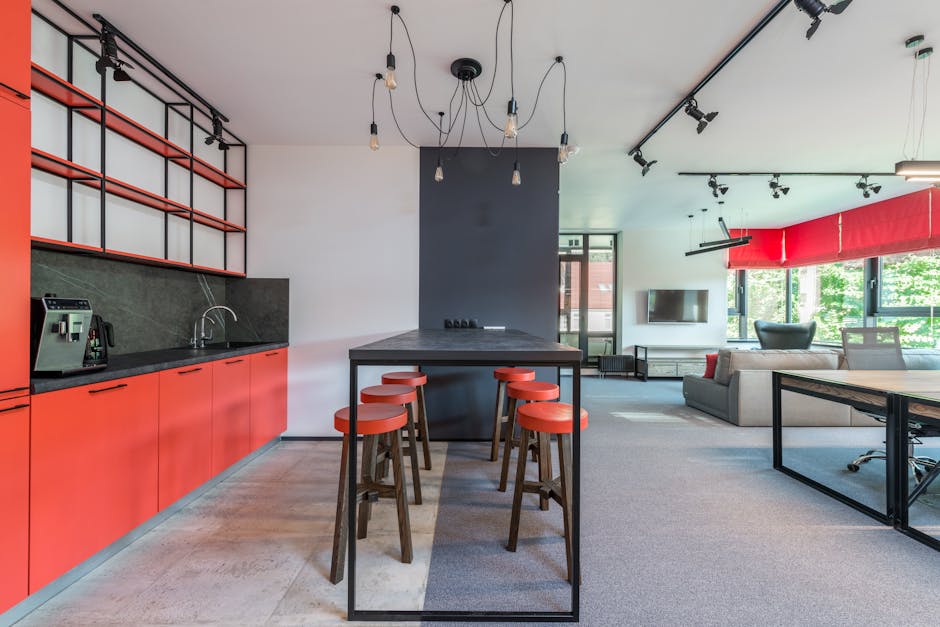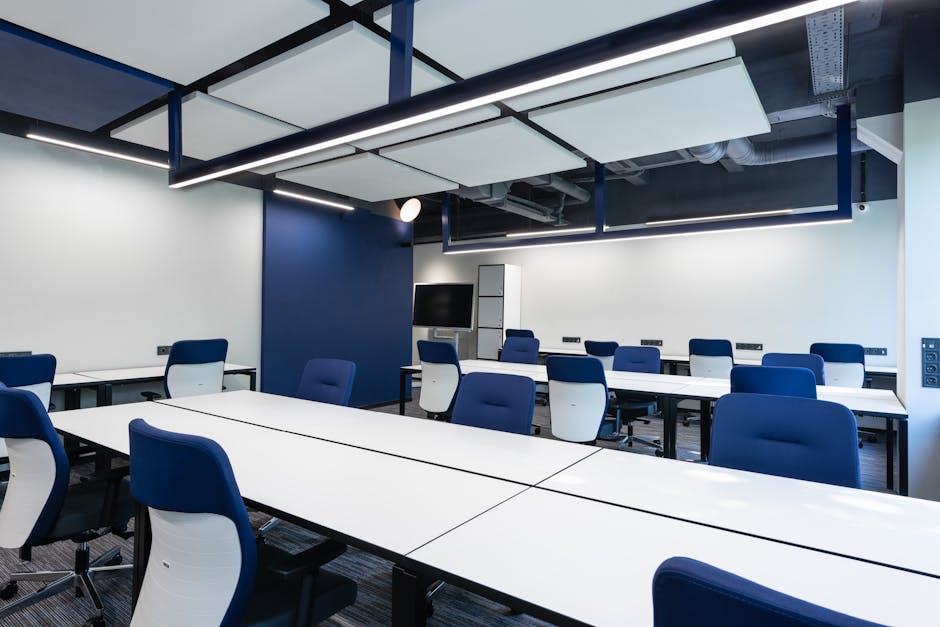Why the Workplace Matters More Than Ever in a Distributed Work Model
“Despite the rise of remote work, the physical workplace remains vital for businesses operating in a distributed work model. It enables face-to-face communication, collaboration, community building, and a sense of purpose among employees. Creating a consistent yet unique workplace experience across global offices is key to attracting and retaining talent. ”

In the era of remote work, it's easy to question the relevance of the physical workplace. However, despite the world going remote during the pandemic, the importance of the workplace has never been higher. In fact, 58% of organizations invested more in their physical offices last year than previously]. Having physical workplaces can pay dividends for your business in numerous ways, especially in a [distributed workforce model.

1. The Workplace Enables Face-to-Face Communication and Collaboration
While technology has made remote communication possible, it's clear that face-to-face interaction still stands as the most effective method to get things done and feel connected to your organization. A survey by WeWork found that people's ability to brainstorm effectively dropped by 11-15% when they shifted to remote working.
Enterprises with a distributed work model can leverage their offices around the world to bring people together. When employees are in the same place, they can communicate and collaborate more effectively, improving productivity by around 20-25%. The workplace also helps eliminate the problem of task-switching, which 68% of people feel can be overwhelming.
2. The Workplace Fosters Community and Friendships
Friendships are born outside of meeting rooms, but that doesn't mean they can't be made at work. According to a recent article in The New York Times, folks with friends at work report being more engaged with their jobs and have seven times higher job satisfaction. This can be challenging for people who work remotely or in silos.
To address this, enterprises must organize team, department, or company-wide events that bring people together in-person at the workplace. Balance fun events that allow people to socialize with work events where they can discuss and collaborate. For example, getting everyone together for an all-hands meeting in-person can encourage a feeling of workplace community and help solidify friendships while also connecting people about work-related matters.

3. The Workplace Drives Purpose and Achievement
Creating a workplace that supports a sense of purpose and achievement is crucial. Being around coworkers who are working towards a common goal reinforces individual purpose within your organization. People can observe the actions of others, feel like they're contributing to something meaningful, and celebrate wins together.
For a distributed workforce, ensuring that your physical workplaces support this level of teamwork and interaction is essential. It will help dispersed employees feel more connected to the organization on a global scale.
4. The Workplace Supports Cross-Functional Interaction
Encouraging your employees to visit and work from different offices around the world can produce a multitude of benefits for your enterprise. It drives a one-team, one-mission experience between coworkers and diminishes any siloed feelings, especially for those in satellite or regional offices. It also offers folks a chance to meet and work with others they haven't met yet, supporting cross-functional interaction and ultimately driving results.
For example, encouraging IT folks to visit different office locations regularly will give people valuable face-to-face time, helping to fix issues, diffuse tension, and keep folks working productively together.

Creating an Engaging Workplace Experience Across Distributed Offices
A survey by Microsoft indicated that over half (55%) of people consider the physical work environment in their decision to stay at or leave a company. So whether you are operating on a hybrid or HQ model, you want your workers who visit your office or coworking space to have a highly motivating experience.
Creating a quality workplace experience, especially across the globe, means striking the right balance between consistency and uniqueness in each location. Here are a few cost-effective ways to design your workplace experience worldwide:
- Consider what each office needs and doesn't need based on the teams and number of employees.
- Include cultural cues, such as naming meeting rooms after local landmarks.
- Get creative with workplace design, incorporating pops of color, games areas, quiet pods, etc.
- Provide food in the workplace, especially snacks or meals local to the area.

The workplace is more important than ever, especially in a distributed work model. Organizations must create physical spaces that are stimulating, motivating, and engaging for the people that use them. Your workplaces must be hubs for creativity and collaboration for everyone, no matter where they are in the world.